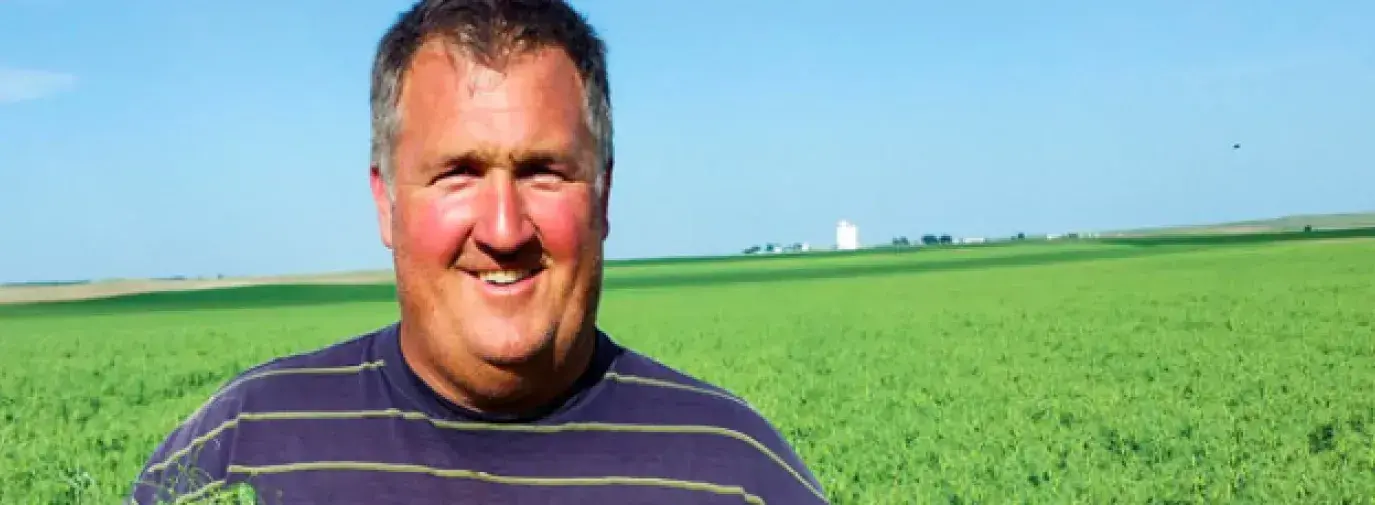
Expert Talks Principles of Soil Health
A shift in agriculture can make farmers stewards of the land again, just ask Steve Tucker, a dryland farmer in Venango, NE who uses regenerative agricultural practices. Steve believes the healthier the soil, the healthier the plants, the healthier we are as people. Soil health is essential to the way we live. Tucker says “When the soil is better, the impact goes up and down the line, whether it’s the biology in the soil, the wildlife out in the field, or the end product that’s going to a consumer to eat—diversity helps feed the system.”
“Regenerative ag follows the five soil health principles, with the goal of increasing soil carbon in the form of organic matter. These principles can increase soil carbon levels, until the soil reaches a point where it is cyclical’ says Tucker. The five principles are accessible methods focused on the soil: protect/cover the soil, minimize soil disturbance, plant diverse crops, keep live roots/plants in the soil, and integrate livestock into agricultural systems.
When asked how what he does differs from organic farming he stated “It is treating the soil as the source of life. It is about health and understanding the carbon cycle and how it relates to everything else.” Organic and regenerative both aim to grow food without the use of synthetic chemicals and inputs like fertilizers and pesticides, but regenerative focuses on building healthy soils rich in organic carbon, as an essential component and precursor to growing healthy foods. While the five soil principles are not inherent to organic agriculture, they’re fundamentals for regenerative. Organic farming focuses more on non-GMO crops grown without synthetic pesticides and chemicals, which is very important, but won’t result in truly healthy soils and carbon sequestration unless regenerative practices are added to the mix.
Tucker points to integrating animals in agriculture as an example. Climate change has been shown to affect animal and human health, and soils are linked to the atmosphere by being a source of greenhouse gases. Carbon sequestration can be enhanced by improved management practices like no tilling, cover cropping, and encouraging biodiversity to name a few. Tucker believes that integrating livestock is essential for carbon sequestration in agriculture as it provides essential building blocks and restores ancient processes necessary for great soil health. “It’s not only a great principle but it helps implement a plan b strategy. If something should fail, I would easily be able to move the cows to a different location if necessary.”
Regenerative agriculture is not new to Tucker. He has been farming regeneratively for about 25 years, admitting that the transition has been slow but worth it as he has seen his profit margins increase. Steve has become such an expert that many farmers seek advice from him as they too make the transition from conventional or organic to regenerative agriculture. One of his goals is to educate farmers on building soil health and what this may look like for each individual farmer, as it will differ from yield to location to climate. “For me, it’s about benefitting the soil microorganisms, because that world is so unexplored. One of my goals is to find a way to remove all synthetic inputs from the system, which will benefit the health of our soil and produce more nutrient dense food.”
By: Jillian Semaan
Green America



